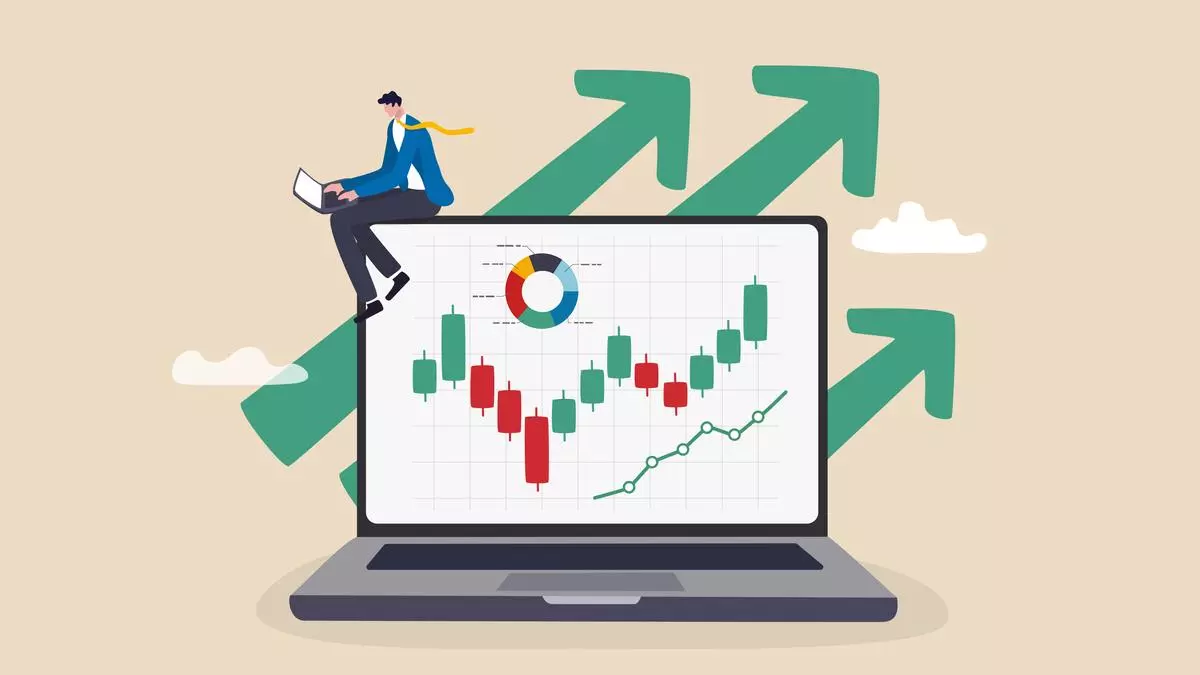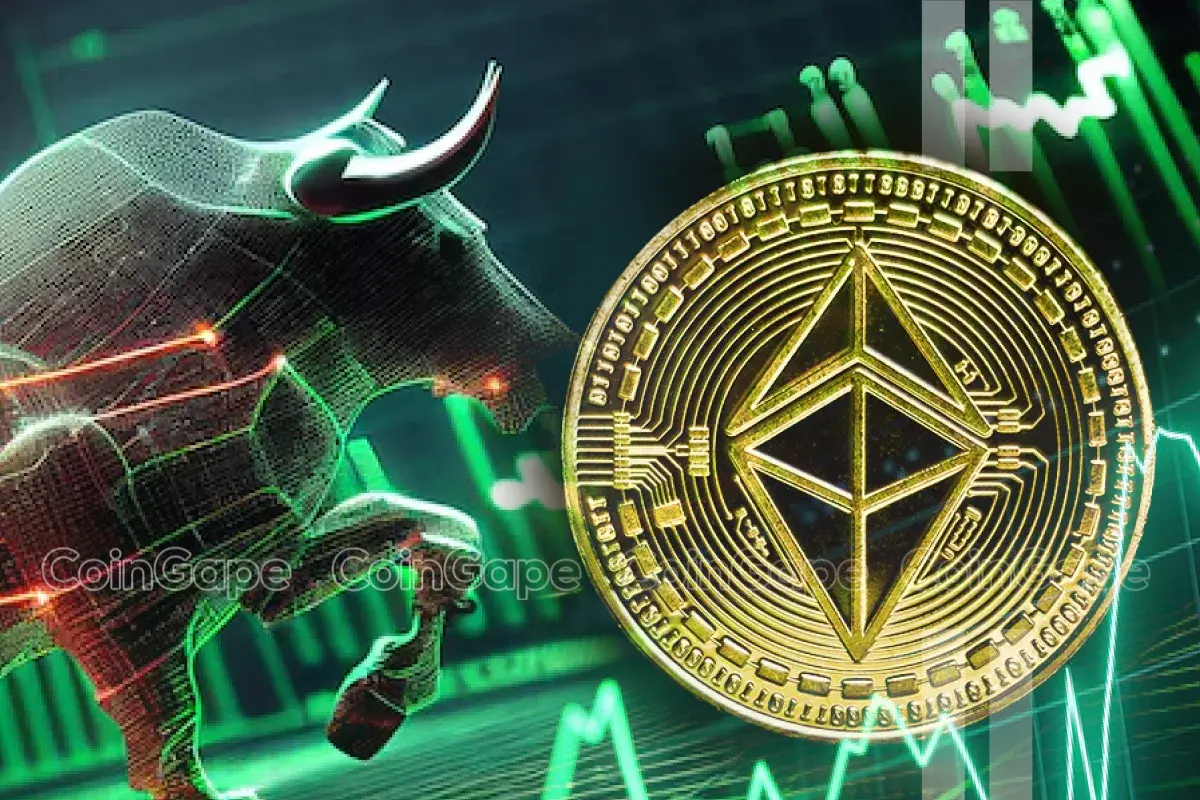Peer-to-peer (P2P) trading isn’t new – it’s as old as human interaction. Thousands of years ago, before the invention of money, people exchanged goods and services directly.
Farmers traded crops for tools, and artisans swapped handmade items for food or livestock. This bartering system was simple and natural, driven by trust and the value each participant saw in the exchange. It was an economy rooted in human connection, fostering local bonds and direct partnerships.
As communities grew and trade networks expanded, the limitations of barter became clear. The need for a common standard of value and the challenges of matching needs pushed societies to develop currency.
Centralised authorities like banks and organised marketplaces took shape, creating systems that could oversee, standardise, and secure these new economic interactions. While these changes brought efficiency and scale, they also distanced people from direct exchange, putting intermediaries at the heart of most transactions.
For hundreds of years, centralised authorities have reigned supreme in our financial realm, but we’re now on the brink of change – a return to barter.
What is P2P?
Peer-to-peer (P2P) refers to a decentralised network where two or more parties interact directly without the need for a central authority or intermediary.
In P2P systems, each participant acts as both a client and a server, capable of initiating or receiving transactions. This model contrasts sharply with traditional systems that rely on central authorities, such as banks or major service providers, to facilitate and manage interactions.
P2P is widely used across various platforms and industries. Notable examples include:
- Decentralized Exchanges (DEXs): Platforms like Uniswap and PancakeSwap enable users to trade cryptocurrencies directly without an intermediary.
- Cryptocurrency Transactions: Bitcoin and other blockchain-based cryptocurrencies operate on P2P principles, allowing users to send and receive digital assets directly, supported by a network of nodes.
- File-Sharing Networks: Early examples of P2P technology include platforms like BitTorrent and Napster, where users shared files directly with each other.
- P2P Lending Platforms: Services such as LendingClub and Prosper facilitate direct lending between individuals, bypassing traditional financial institutions.
P2P systems offer numerous benefits that make them an attractive option for users seeking greater control and efficiency in their transactions. One of the primary advantages is increased autonomy. Without intermediaries, users maintain more control over their interactions, avoiding the constraints often imposed by centralized authorities.
This direct approach also contributes to cost efficiency; by removing middlemen, P2P networks usually have lower transaction fees, which benefits both parties involved. Accessibility is another strong point. P2P networks are open to anyone with an internet connection, promoting inclusivity and providing vital services to regions underserved by traditional financial institutions.
Furthermore, blockchain-based P2P systems enhance transparency and security, with transaction records kept on distributed ledgers that make tampering difficult and ensure data integrity.
However, P2P systems come with downsides. One challenge is regulatory compliance. Since P2P systems often operate outside established financial frameworks, they may face issues with legal acceptance and oversight. Scalability can also be a concern; high user demand may overwhelm the network, resulting in slower or less reliable service.
Additionally, while blockchain-based P2P platforms tend to be secure, other P2P networks might be vulnerable to fraud and scams due to their more open and less-regulated nature. Finally, user responsibility is significantly higher in P2P systems. Without a centralized authority to oversee and rectify issues, users must take full charge of their security and data management, which can be daunting for those unfamiliar with the technology.
Nevertheless, the number of users onboarding to P2P systems speaks volumes. In the United States alone, 64% consumers reported using P2P payment methods to send or receive money in 2024. The biggest reason?
A Fading Trust in Centralised Trading Systems
Since the 2008 global financial crisis and the emergence of decentralised financial systems enabled by blockchain technology, users now have a choice: stick with familiar centralised authorities or explore new paths. Here’s why an increasing number are choosing P2P systems.
1. Loss of Individual Control
Using centralised systems means placing trust in banks, financial institutions, and other third parties to facilitate and manage transactions. While this can offer convenience, it often limits individual control over assets and fosters a sense of disempowerment.
Centralised entities also come with inherent risks. Technical failures, sudden policy changes, or internal malpractices can disrupt or restrict access to funds and essential services, leaving users vulnerable.
2. Increased Costs and Fees
Centralised platforms come with a range of service fees, transaction charges, and hidden costs that can stack up over time. These expenses erode the financial advantages users might otherwise enjoy, making transactions more costly.
Remember that the primary goal of most centralised institutions is profit. This can translate into higher fees, additional charges, or practices that prioritise the institution’s bottom line over the interests of users.
3. Reduced Privacy and Data Control
Notably, centralised systems gather vast amounts of user data, sparking concerns over surveillance and potential misuse. This collection often happens without users fully understanding how their information is being tracked and utilised.
Indeed, the aggregation of data in large databases makes centralised systems prime targets for cyberattacks. Breaches can expose sensitive user information, leading to identity theft and other malicious activities.
UFANDAO – A Case Study in P2P Fundraising
Peer-to-peer (P2P) systems have become integral to a variety of platforms, including fundraising and charitable activities. A standout example of this trend is UFANDAO.com, a platform launched in Estonia in 2022. With UFANDAO, users engage in real-time, direct transactions, supporting fundraisers without third-party involvement
According to UFANDAO founder Rodionov, “Our mission is to empower people to unite around the needs that matter and fulfil their wishes. The platform offers each subscriber a wide range of opportunities to fulfil big or little dreams…”
UFANDAO provides users with two main options: they can create a personal fundraising campaign or choose to donate to an existing campaign on the platform. Each campaign begins with a clear goal and a specified target fundraising amount.
Creators are required to categorise and illustrate their campaigns to attract potential supporters. While there are no time limits for campaigns, a 5,000-euro funding cap per campaign ensures that goals remain realistic and focused.
UFANDAO reflects a growing trend in the financial ecosystem, where user-driven, peer-based platforms are emerging as viable alternatives to centralised institutions. This is especially significant in regions with restrictive financial regulations or limited banking access. Here, P2P platforms like UFANDAO play a vital role in enabling economic participation and fostering resilience, providing people with the tools to achieve their goals without external constraints.
In November 2023, UFANDAO showcased its innovative approach by participating in Web Summit 2023 in Lisbon, Portugal, under the “Social Platforms” category.
The Future of P2P Trading
With increasing consumer demand, P2P trading is set to be bolstered by emerging technologies that could redefine user experience and efficiency.
One key area is the integration of artificial intelligence (AI) to enhance transaction validation, detect potential fraud, and personalise user interactions in real-time. AI-driven algorithms could offer advanced predictive models that streamline processes, making P2P systems faster and more secure. Another promising development is the creation of faster, more scalable blockchains, potentially employing new consensus mechanisms like sharding or proof-of-stake variations. These could significantly reduce latency, allowing P2P platforms to handle higher transaction volumes seamlessly.
However, P2P trading’s future will hinge on its ability to integrate with mainstream financial practices. While it has already carved out significant niches in areas like cryptocurrency and crowdfunding, widespread adoption will require bridging gaps in trust, user accessibility, and infrastructure. For P2P trading to evolve from an alternative model to a dominant financial paradigm, platforms will need to focus on simplifying user interfaces, educating consumers, and collaborating with traditional financial players. Hybrid models, where centralised institutions incorporate P2P elements, could act as transitional solutions, blending the reliability of centralised systems with the autonomy of decentralised ones.
Of course, regulatory attention is inevitable. The challenge will be crafting regulations that maintain user freedom while ensuring security and trust. Future regulations may include compliance frameworks for KYC (Know Your Customer) and AML (Anti-Money Laundering) processes specifically tailored for decentralised platforms. This will involve balancing user privacy with protective measures to mitigate fraud and financial crime. Striking this balance will be crucial in ensuring that P2P trading remains secure and trusted while retaining its core advantages of decentralisation and autonomy.
In any case, the trajectory of P2P trading suggests a dynamic interplay between technological progress, regulatory evolution, and user adoption. While challenges remain, the potential for a decentralised yet responsibly governed financial system is on the horizon. As the landscape continues to evolve, it’s exciting to see novel P2P-geared platforms such as UFANDAO taking centre stage.









Leave a Comment